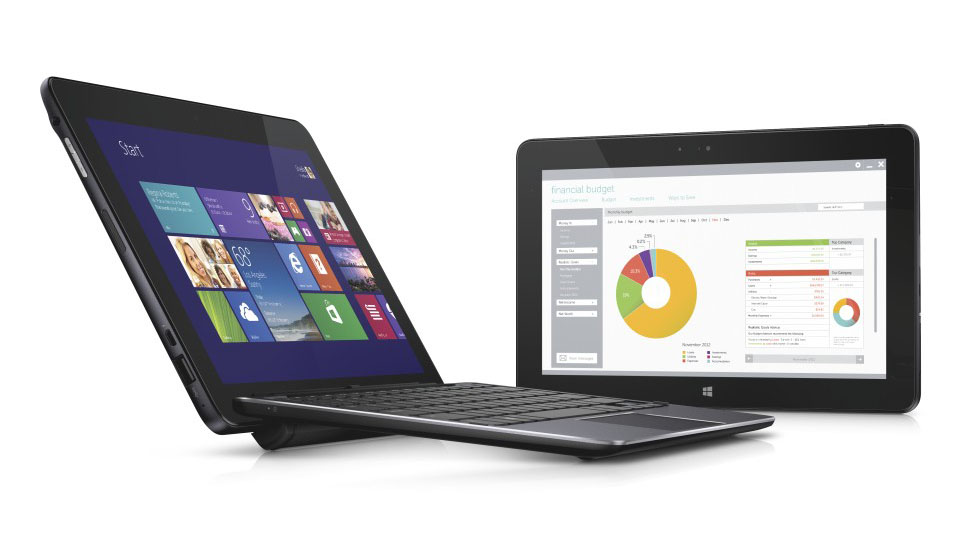
As your IT systems approach the start of a new refresh cycle, you'll be faced with an important strategic decision: should your computing, storage and networking hardware simply be replaced with newer equipment? Or is there a better business case to be made for replacing some or all of this infrastructure with systems running in the cloud?
The benefits of using cloud services include:
- Reduced costs and less up-front capital expenditure Cloud providers offer enjoy significant economies of scale on the infrastructure they operate, and the resulting cost savings can be passed on to you. What's more, you only pay for the resources that you actually use, when you use them. That makes your spending on cloud resources more efficient, and it's easier to finance because it becomes ongoing operational expenditure rather than up-front capital expenditure.
- Ease of scalability There are virtually limitless computing and storage resources in the cloud which can be put at your disposal almost immediately. This make it very easy to scale your operations as your organization grows, or simply to meet seasonal or other changes in demand.
- Operational agility Another benefit of the cloud is that it provides your organization with a high level of operational agility. That's because you can often implement new applications and services in the cloud in a matter of hours or days, without having to go through a lengthy hardware acquisition cycle. Many cloud providers also provide self-service catalogues of applications (like Microsoft Exchange) which can be implemented almost instantaneously.
Cloud service providers offer up-time guarantees, backed up by service level agreements (SLAs) which usually offer free service credits if the SLAs are breached.
Security, compliance and integration
Two common objections to moving to the cloud are centred around security and compliance. In particular, many organizations have reservations about placing their own confidential corporate information or customers' private information in the hands of a third party, or feel they are prohibited from doing by specific industry regulations. Most cloud providers offer encryption, key management systems and security certifications to reassure customers.
In fact there is no reason that moving to the cloud has to be an all-or-nothing decision. It may make good financial sense to move some commodity applications to the cloud, while leaving key enterprise resource planning (ERP) applications, or applications that handle data subject to compliance regulations, in-house.
Even when there is a high level of integration between corporate applications it is possible to move some to the cloud and keep some running in-house. That's thanks to the availability of integration middleware, specific pre-packaged integration solutions and cloud based integration services that connect on-premise applications with applications run in the cloud.
Private clouds, cloud compute and cloud storage
An alternative for larger organizations is to run a private cloud. This involves implementing similar technologies to those that cloud service providers use - such as virtualization - in your own data centre. A private cloud can provide some, but not all, of the benefits of a public cloud, without reliance on a third party for security and compliance.
Are you a pro? Subscribe to our newsletter
Sign up to the TechRadar Pro newsletter to get all the top news, opinion, features and guidance your business needs to succeed!
It's also possible to move compute resources to the cloud, while keeping the data on storage devices that remain in your data centre for security and compliance purposes. More commonly, many organizations choose to keep their applications on-premise, while using low cost cloud-based storage resources. This may be either for backup and disaster recovery purposes only or, increasingly, for primary storage as well.
This type of solution often involves the use of a cloud storage gateway and caching device which can automatically encrypt and compress data before it is sent to the cloud, and which provides a local storage cache to help minimise latency.
The TechRadar hive mind. The Megazord. The Voltron. When our powers combine, we become 'TECHRADAR STAFF'. You'll usually see this author name when the entire team has collaborated on a project or an article, whether that's a run-down ranking of our favorite Marvel films, or a round-up of all the coolest things we've collectively seen at annual tech shows like CES and MWC. We are one.